Bacteria-driven microswimmers can release the therapeutic drug specifically at the site of disease by attaching to a certain type of eukaryotic cell.
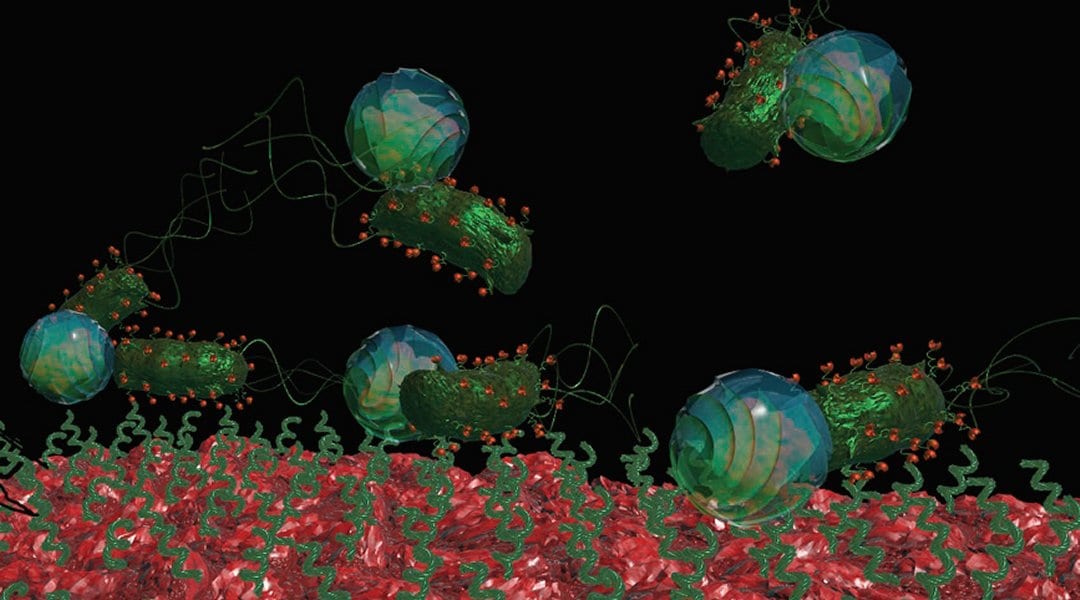

Bacteria-driven microswimmers can release the therapeutic drug specifically at the site of disease by attaching to a certain type of eukaryotic cell.
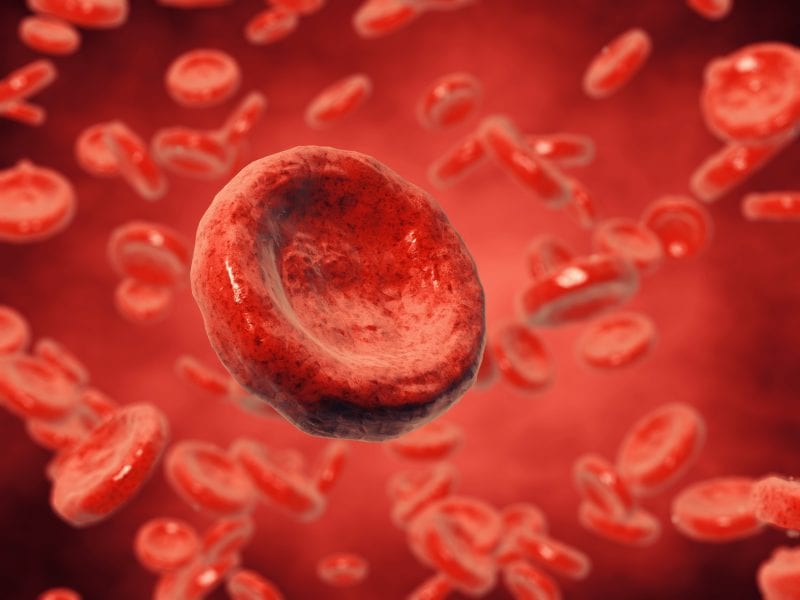
Polymeric materials to prevent blood coagulation. (Image credit: nobeastsofierce/Shutterstock)
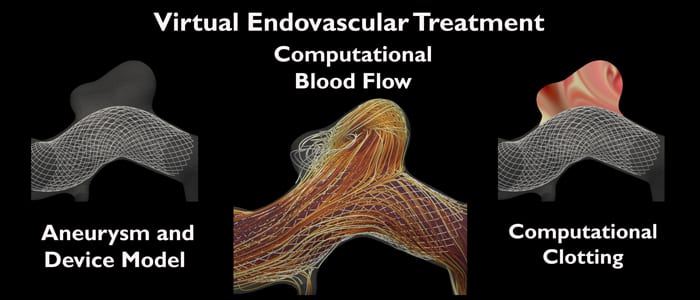
Virtual endovascular treatment models (VETMs) have been developed with the view to aid interventional neuroradiologists and neurosurgeons to pre-operatively analyse the comparative efficacy and safety of endovascular treatments for intracranial aneurysms. Current deterministic computational simulations need to be extended with strategies for uncertainty mitigation, uncertainty exploration, and sensitivity reduction techniques.
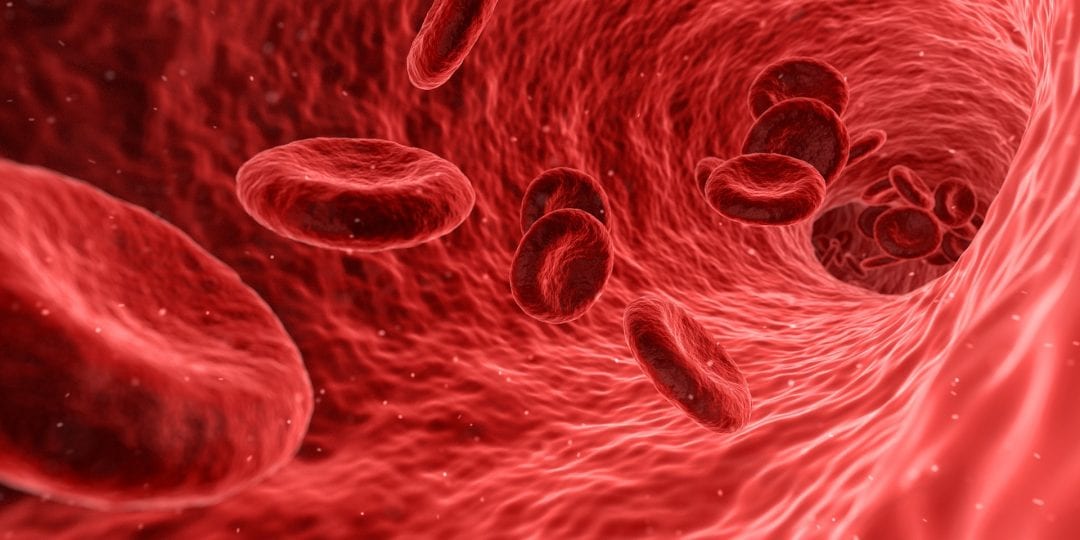
April’s top Advanced Healthcare Materials papers.
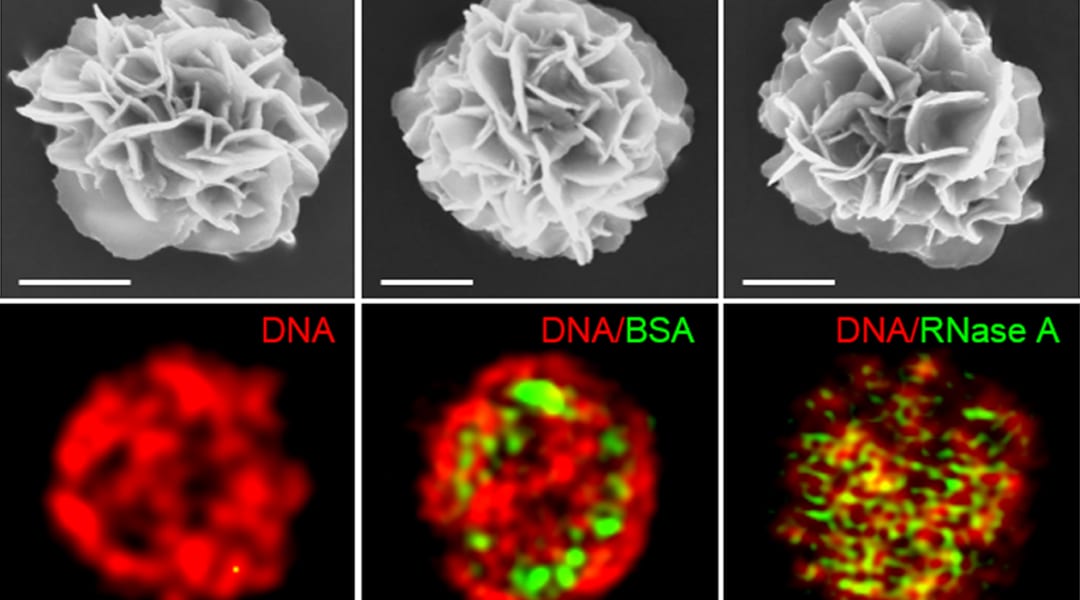
In-situ assembled flower-shaped DNA constructs can be used for an efficient intracellular protein delivery.
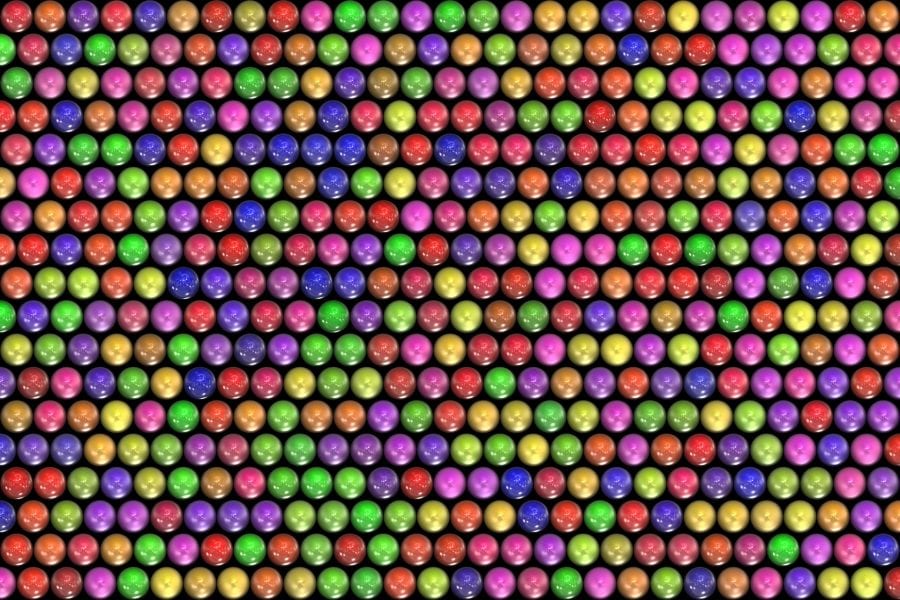
Investigating EV production and purification methods by mimicking the natural release process of EVs in blood capillaries with a bioinspired mechanical microfluidic method.

A new targeted chemotherapeutic nano-medicine NANOPt-pan, composed of Panitumumab and DACHPt (the active form of Oxaliplatin), could passively and actively target EGFR over-expressing tumors and effectively target both KRAS wild type- and mutant-tumors.
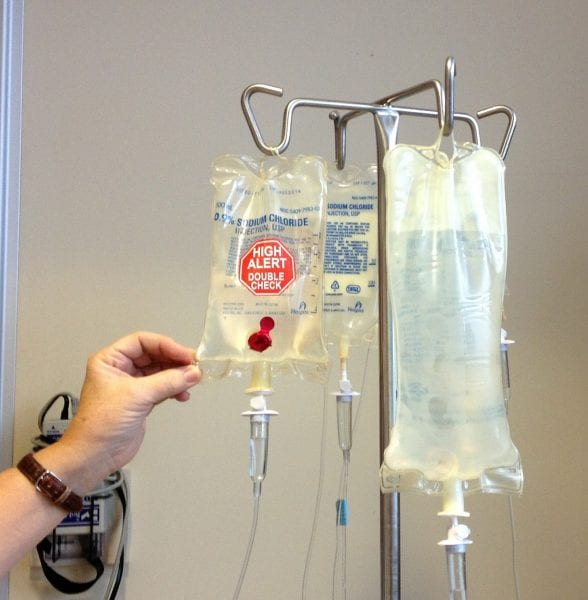
Cancer is a disease that is responsible for an overwhelming number of deaths worldwide. The conventional therapeutic approaches used for treatment can be ineffective. inducing prominent side effects.
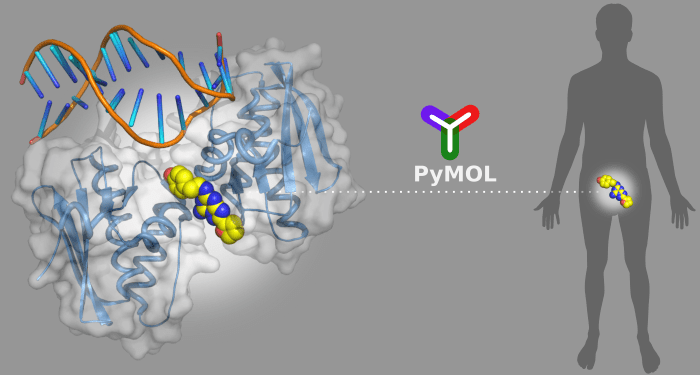
A recent review discusses various molecular modeling modules in PyMOL, covering those for visualization and analysis enhancement, protein-ligand modeling, molecular simulations and drug screening.

Nanotechnology possesses great potential to overcome shortcomings of existing strategies for safe and effective retinal drug delivery.